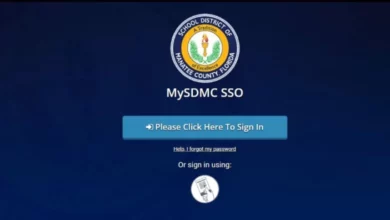
In recent years, the phrases “project management” and “work management” have been used interchangeably, and both have grown in popularity as everyone becomes preoccupied with productivity. However, work management and project management are different. Most of us are more familiar with project management, which is how we may manage a project to achieve its purpose while meeting its budget and deadline. What distinguishes work management from project management, then? How can we improve productivity and efficiency through work management? In this section, we will explore all you need to know about Work Management and the challenges associated with adopting Work Management.
What’s Work Management?
According to Gartner, Work Management is a set of solutions (software products and services) that facilitate workflow structure.
1 – The dissemination of information.
2 – The interplay between corporate operations and human worker processes that create information.
Therefore, work management focuses on information transportation, efficiently optimizing company processes, and improving the team’s performance and productivity to achieve outcomes. Yet, Gartner focused more on software solutions and services, although work management is also about the philosophy underlying these software solutions: managing task flows and tasks.
The same issues are dealt with by project management, but they must stay inside the confines of a project. On the other hand, work management can be applied to a single task (a part of a larger project) or the entire organizational activities, consisting of numerous projects operating concurrently.
Project management is, therefore, a part of work management. As we all know, a project has a set deadline and is ad hoc work with particular goals. On the other hand, work management is a continuous process, more akin to a cycle, and success is not dependent on completing goals but on fostering progress. Work management may consist of the following.
Resource Management – Managing resources to achieve the organization’s goals.
Collaboration – Managing communications and team member partnerships.
Project Management – Managing the success of projects to achieve the company’s goals.
Time Management – Ensuring that projects can meet the deadline and that each team member can complete their assigned task on time.
Budgeting – Preparing budgets and ensuring projects can stay under budget.
CRM – Managing customer interactions as we complete tasks and projects.
Implementing Work Management Challenges
As is common knowledge, managing a team is challenging, and there will always be challenges in adopting work management to improve your team’s productivity and performance. However, understanding these challenges and how to overcome them is necessary before we can successfully adopt work management.
Defining Priorities Between Tasks
We always deal with constrained resources and time in projects, especially continuous work. Hence, we cannot constantly deal with all tasks and projects with the same attention: there are essential, urgent, and less consequential tasks that we may deal with later. Identifying which is which may be pretty challenging.
Defining A Deadline
Similarly, setting a task deadline might be challenging if you need more task expertise and experience to set the right end date.
Defining Roles & Responsibilities
Assigning the right personnel to the right task is the most crucial thing in assuring the success of a project. Yet, this demands a deep awareness of the task/project as well as the strengths and limitations of each team member.
Having Clear Internal & External Communications
We must have an efficient team with effective internal communication. Building connections and communications between team members is often done through meetings. Still, the demands of modern work life make it challenging to schedule meetings around the requirements of many team members. External contacts with clients and stakeholders are also crucial. Team leaders and managers must update clients and stakeholders on project status and priorities. Similarly, virtual meetings and asynchronous file sharing may be the solution.



